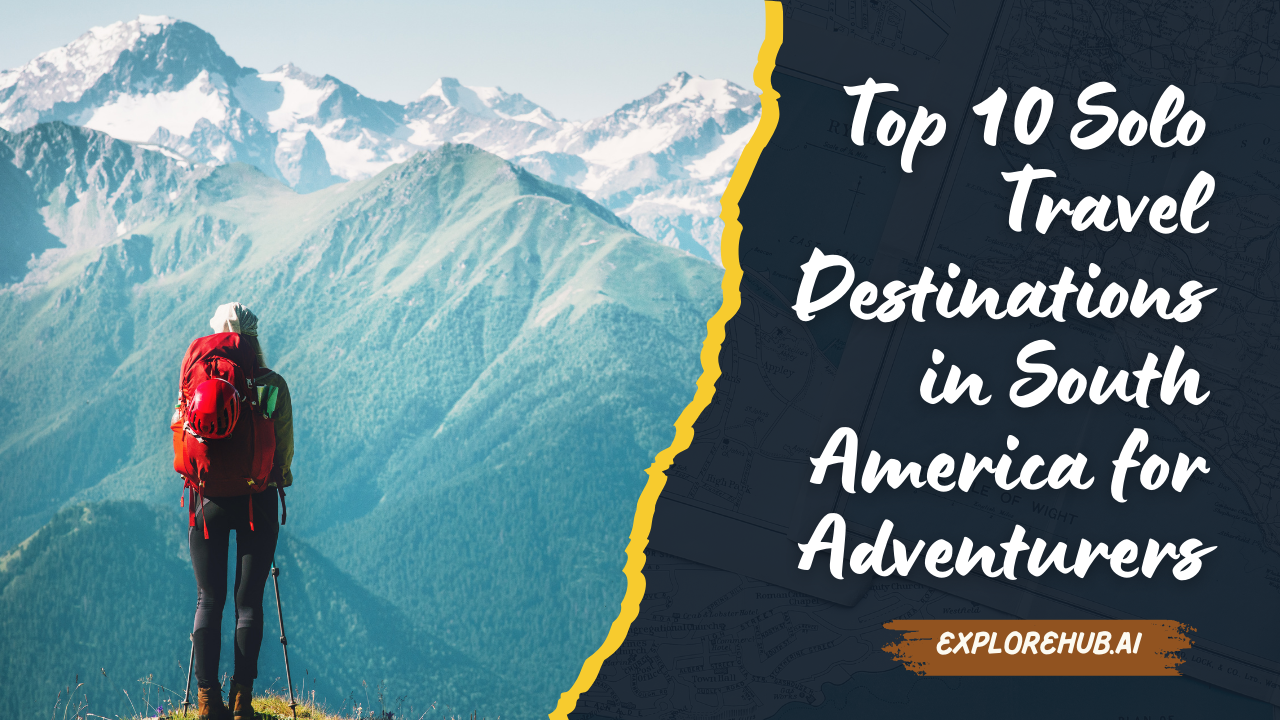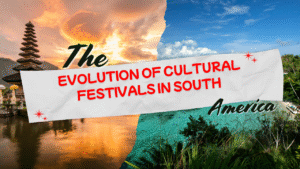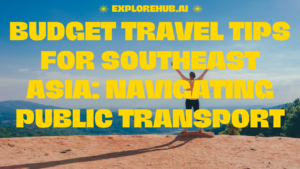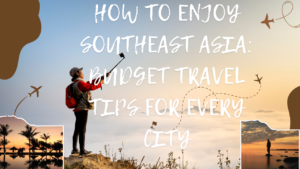South America is a paradise for adventurers, with its diverse landscapes, rich history, and vibrant cultures. If you’re a solo traveler seeking unforgettable experiences, this continent offers something for everyone. From the misty mountains of Peru to the vast salt flats of Bolivia, let’s explore the top 10 solo travel destinations in South America that will ignite your wanderlust.
Table of Contents
1. Machu Picchu, Peru
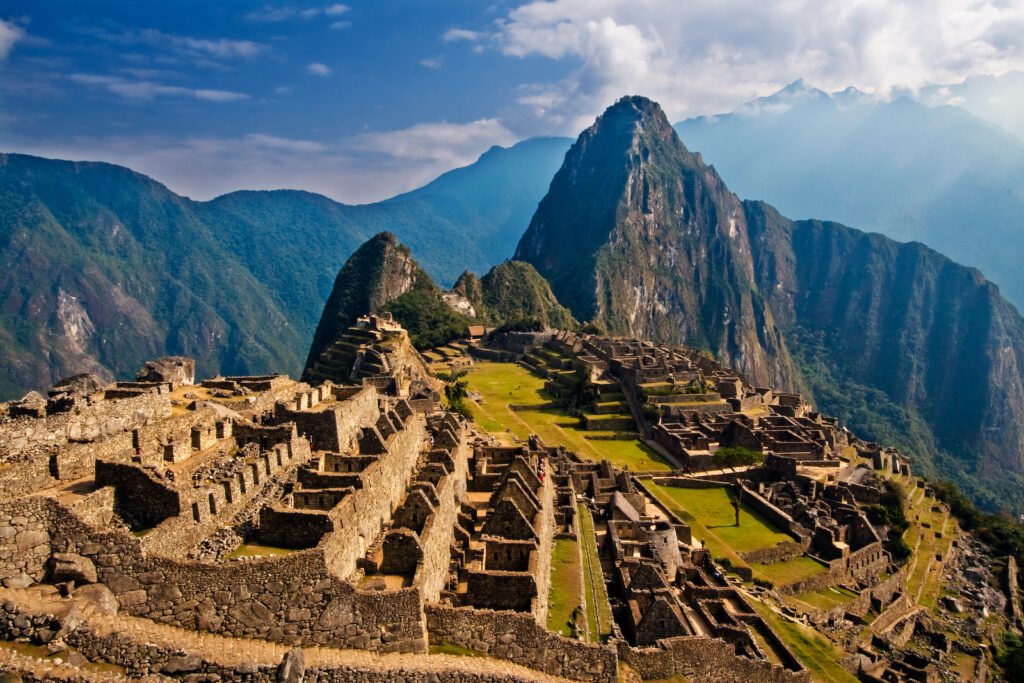
Nestled high in the Andes Mountains, Machu Picchu is a dream destination for history buffs and nature lovers alike. This UNESCO World Heritage site offers a glimpse into the Inca civilization’s fascinating past.
How to Reach Machu Picchu as a Solo Traveler
Choose between the famous Inca Trail trek, the scenic train from Cusco, or a combination of both. Joining a group tour can make the journey more sociable and convenient.
Best Time to Visit
The dry season from May to September is ideal for clear views and comfortable trekking conditions.
2. Patagonia, Chile and Argentina
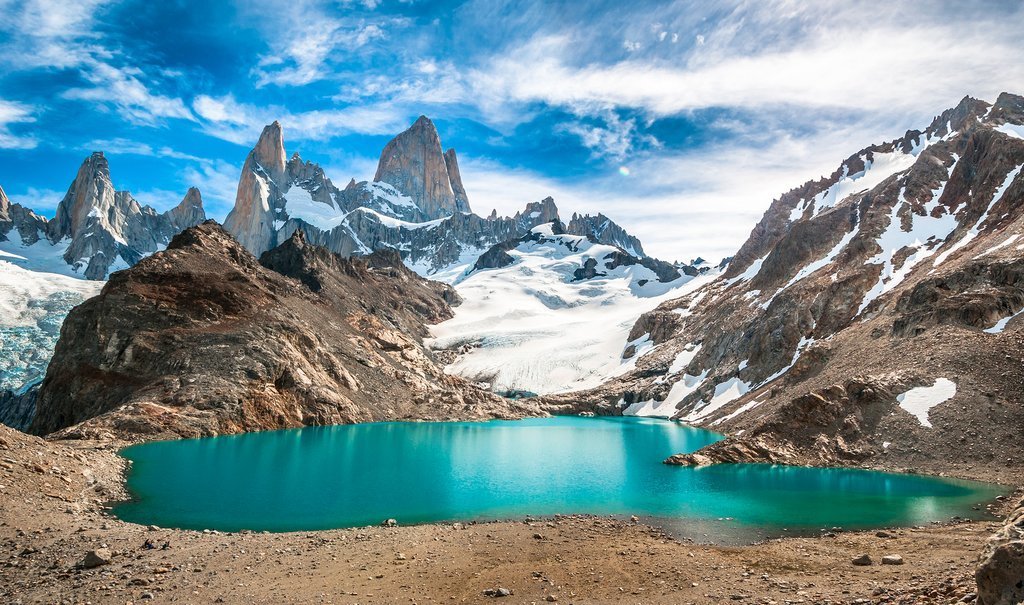
A land of glaciers, mountains, and untamed beauty, Patagonia is perfect for adventurers.
Activities for Solo Adventurers
Trek the famous W Trek in Torres del Paine or explore Los Glaciares National Park. Both regions offer stunning landscapes and opportunities to meet fellow travelers.
Safety Tips
Stick to marked trails, carry a reliable map, and inform park rangers of your plans.
3. Salar de Uyuni, Bolivia

Bolivia’s Salar de Uyuni, the world’s largest salt flat, is an otherworldly destination that will leave you speechless.
Guided Tours vs. Independent Travel
While guided tours offer convenience and insights, solo adventurers can opt for DIY trips with proper planning and a rental car.
Best Time to Visit
Visit during the wet season (January to March) for the mesmerizing mirror effect or the dry season (April to October) for easy navigation.
4. Galápagos Islands, Ecuador
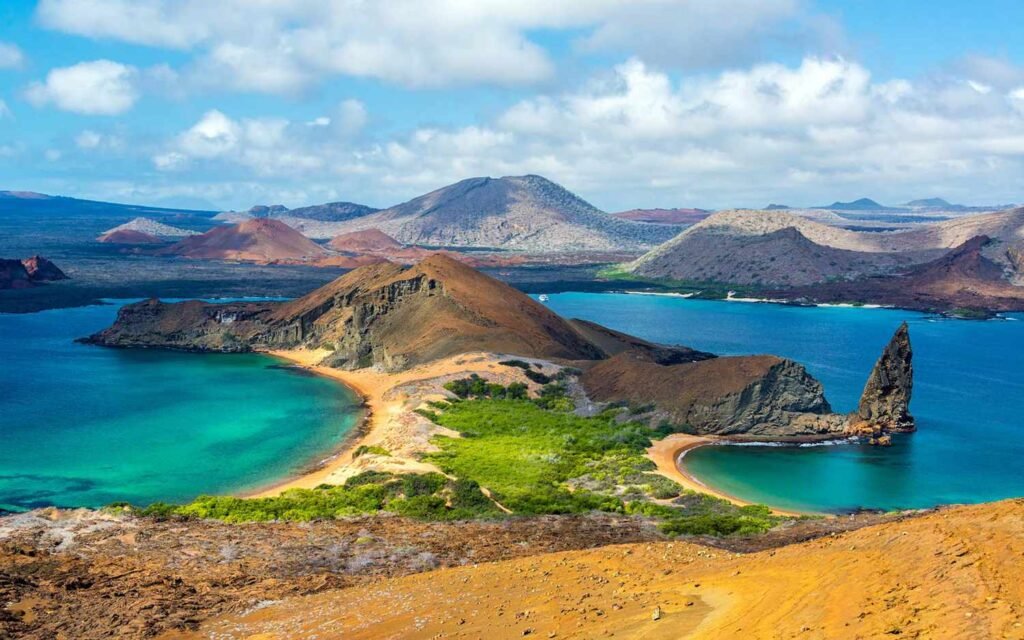
Home to unique wildlife and pristine landscapes, the Galápagos Islands are an adventurer’s paradise.
Tips for Budget-Friendly Solo Travel
Opt for local ferries instead of expensive cruises and stay in guesthouses to save money.
Activities for Adventurers
Snorkel with sea lions, hike volcanic terrains, and marvel at giant tortoises.
5. Medellín, Colombia
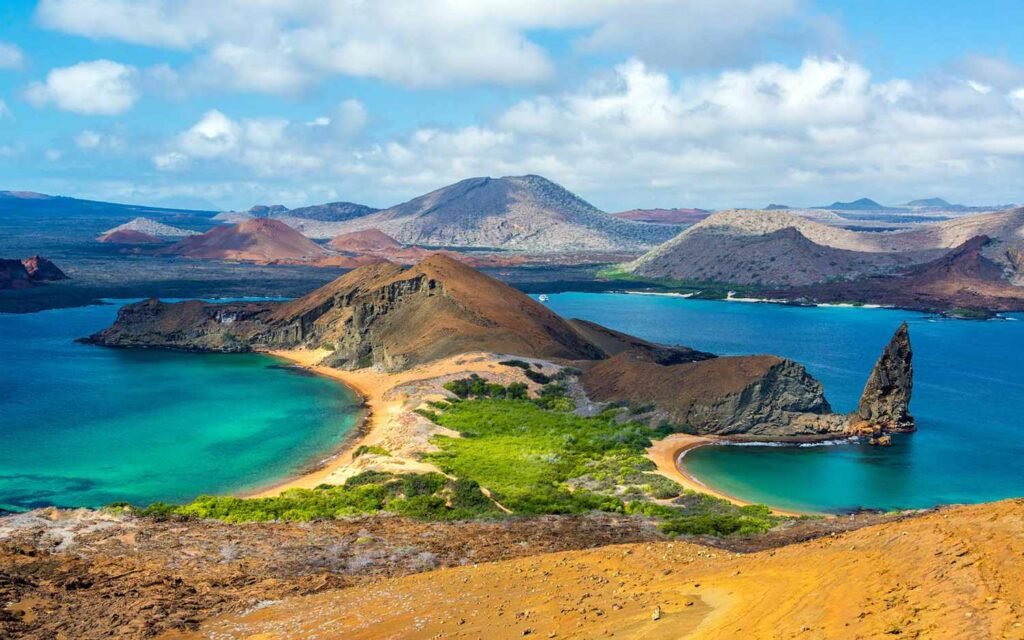
Once notorious, Medellín has reinvented itself as a vibrant and welcoming city.
Solo-Friendly Neighborhoods
Stay in El Poblado or Laureles for safe and lively environments.
Must-Visit Attractions
Don’t miss the Comuna 13 street art, cable cars, and the lush Botanical Gardens.
6. Iguazu Falls, Brazil and Argentina

Straddling the border of Brazil and Argentina, Iguazu Falls is one of the most breathtaking natural wonders in the world.
Exploring Both Sides
Visit the Brazilian side for panoramic views and the Argentine side for an immersive experience.
Safety and Travel Tips
Stay hydrated and wear comfortable footwear for exploring the extensive trails.
7. Quito, Ecuador

Quito’s blend of colonial charm and adventurous opportunities makes it a must-visit.
Best Hiking Trails Near Quito
Head to Cotopaxi National Park or the Pululahua Crater for incredible day hikes.
Safety Tips
Stay vigilant in crowded areas and avoid walking alone at night.
8. Torres del Paine National Park, Chile
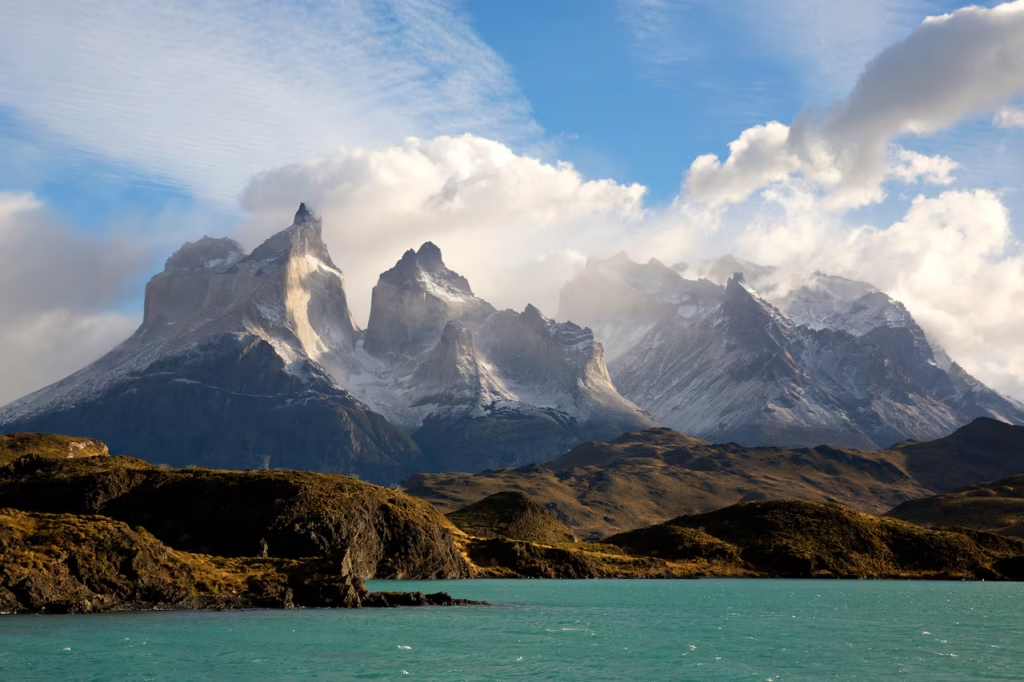
Known for its iconic peaks and turquoise lakes, this national park is a haven for trekkers.
Popular Treks and Tips
The W Trek and O Circuit are popular among solo travelers. Book campsites in advance and pack light but wisely.
Best Time to Visit
Plan your trip between October and April for the best weather.
9. Rio de Janeiro, Brazil

Rio offers the perfect blend of adventure and relaxation.
Activities for Solo Adventurers
Hike up to Christ the Redeemer, hang glide over the city, or relax on Copacabana Beach.
Staying Safe in Rio
Stick to well-lit, crowded areas and avoid displaying valuables.
10. Amazon Rainforest, Peru and Brazil

The Amazon’s unparalleled biodiversity makes it an adventurer’s dream.
Guided Tours vs. Solo Exploration
Guided tours are recommended for safety and to make the most of your experience.
Safety Precautions
Wear long sleeves, use insect repellent, and follow your guide’s instructions.
Tips for Solo Travel in South America
- Stay Safe: Research your destinations, avoid risky areas, and keep your belongings secure.
- Budget-Friendly Tips: Opt for public transport, eat at local markets, and choose hostels or guesthouses.
- Overcome Language Barriers: Learn basic Spanish or Portuguese phrases and use translation apps.
Also visit:
Plan Your Adventure: Top Hiking Trails in Colorado for Weekend Getaways
The Most Scenic Top Hiking Trails in Colorado for Stunning Views
Explore Beyond Rome and Venice: Hidden Gems in Italy
Hidden Gems in Italy: Your Guide to Offbeat Adventure
Hidden Germs in Italy: Unique and Undiscovered Places
The Best Beaches in Florida for Nature Lovers
Conclusion
South America is a treasure trove of adventures waiting to be explored. These destinations offer something unique, ensuring solo travelers never feel alone on their journey. Pack your bags, embrace the unknown, and let South America’s magic captivate you.

